✓ Joining us on our Whatsapp Channel: 💬 Explore and Escape!.
Booking through us:
✓ 🏩 🛌 Handpicked Luxury Stays in Budget: Booking.com | Agoda.com
✓ 🍹⛱️ Deals on Private xfers, SIM Cards, City tours, Day trips : 📍🗺️ GetYourGuide | 🛵🧳 Klook
com/landmarks/oceania-landmarks/landmarks-of-australia/”>landmarks in Europe, you’d know there are quite a few of them are here in Lebanon.
In the heart of the Middle East, Lebanon is a country of breathtaking beauty and rich cultural heritage.
From the towering peaks of the Lebanese mountains to the sparkling waters of the Mediterranean Sea, this small nation boasts a wealth of landmarks that have stood the test of time, bearing witness to centuries of history and civilization.
Let’s take a journey through some of the most iconic and memorable landmarks in Lebanon, each one a testament to the enduring spirit and enduring beauty of this unique corner of the world.
1. Jeita Grotto – Jeita
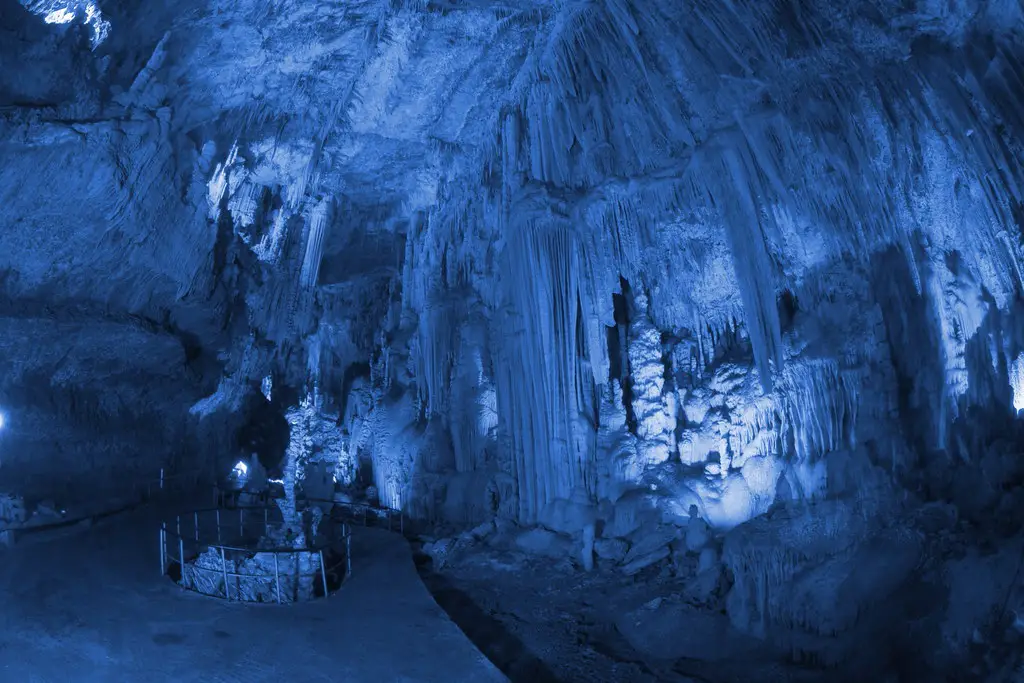
Jeita Grotto is a limestone cave formation located in Jeita, Lebanon, just 11 miles north of Beirut.
What to see or do: Visitors can take a tour of the upper and lower caves, both of which are filled with stunning geological formations including stalactites, stalagmites, and underground lakes.
Don’t miss: The highlight of the tour is a boat ride on the lower cave’s underground lake, which is illuminated by colorful lights and features crystal-clear blue water.
Insider travel tips: – Wear comfortable shoes and clothing, as there is a fair amount of walking involved in the tour.
2. Beirut National Museum – Beirut
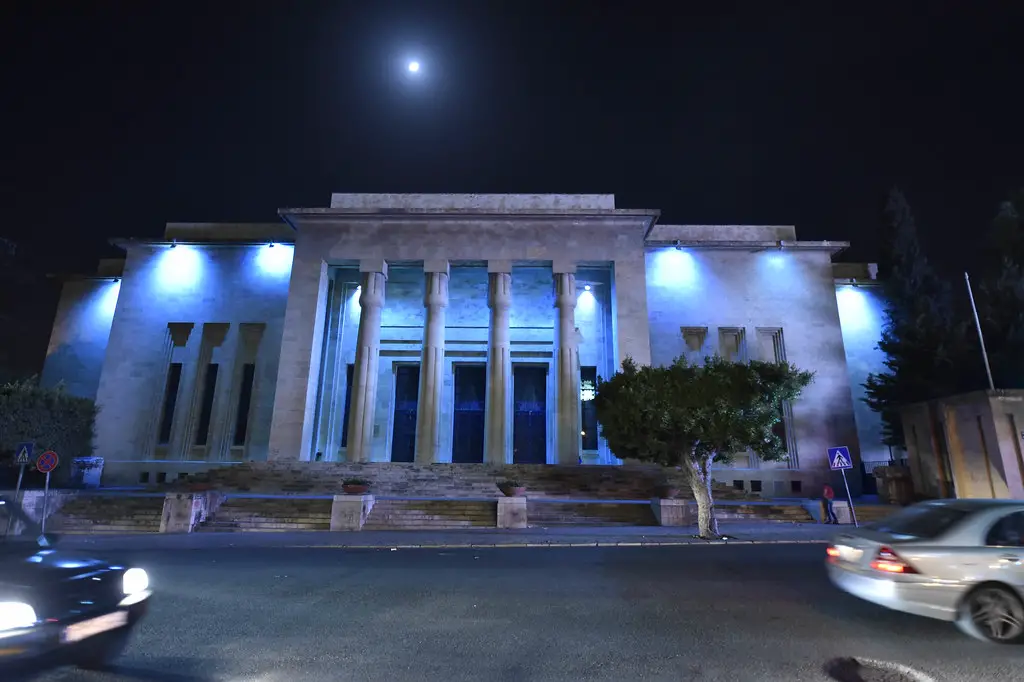
The Beirut National Museum is the principal museum of archaeology in Lebanon, located in the quiet suburb of Badaro.
What to see or do: The museum houses an extensive collection of artifacts from ancient Phoenician, Hellenistic, Roman, and Byzantine civilizations, including a Phoenician tomb of the royal family from the 5th century BC and a collection of sarcophagi.
Don’t miss: The star exhibit is The Ahiram Sarcophagus, a Phoenician coffin dating back to the 5th century BC. Decorated with inscriptions, it tells the story of Ahiram, a Phoenician king.
Also, the reconstructed tomb of Tyre and Sidon kings is worth admiring.
Insider travel tips: – Try to visit on a weekday to avoid the crowds.
3. Byblos Castle – Byblos
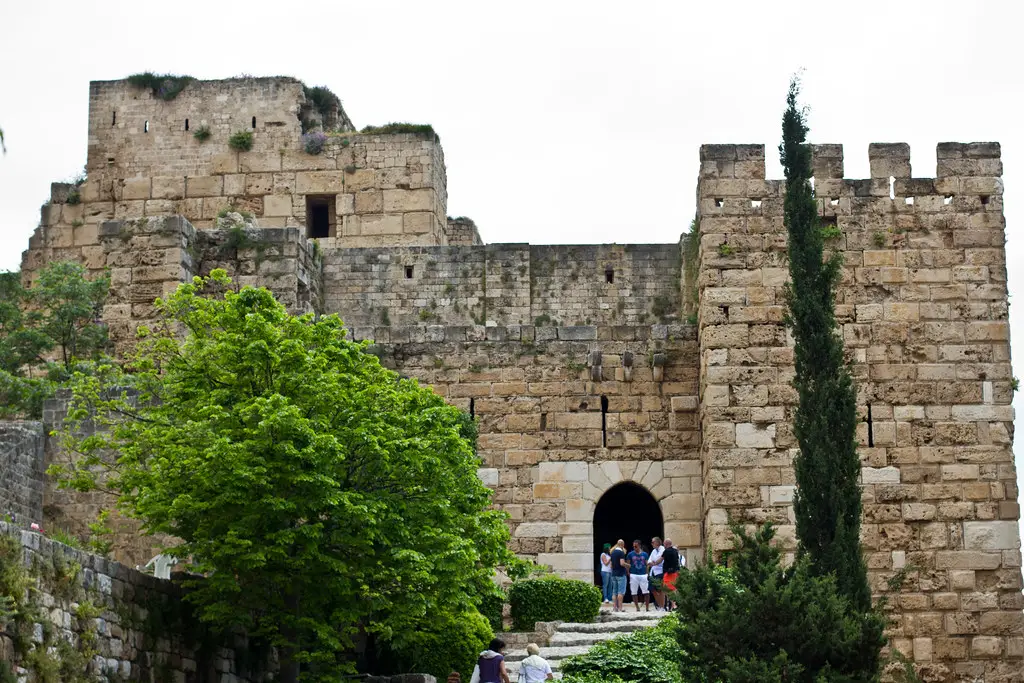
Byblos Castle is a historic fortress located in the town of Byblos, Lebanon.
Built in the 12th century by the Crusaders, it is considered one of the most important archaeological sites in the region.
What to see or do: Visitors can explore the castle’s towers, dungeons, and courtyards while taking in stunning views of the Mediterranean Sea.
In addition to the castle’s impressive architecture, guests can also explore the archaeological ruins surrounding the castle, including the ancient Roman amphitheater.
Don’t miss: The castle’s small museum offers a fascinating collection of artifacts, including Crusader-era pottery, ancient coins, and Byzantine glass lamps. Guests should also make sure to explore the nearby souks and cafes of the charming town of Byblos.
Insider travel tips: Plan your visit in the early morning or late evening to avoid the crowds and make sure to bring comfortable walking shoes, as the castle’s uneven terrain can be challenging to navigate.
Additionally, visitors should be aware that the castle can be closed during certain times of the year for renovation work, so it’s best to check ahead before planning your trip.
4. Mohammad Al-Amin Mosque – Beirut
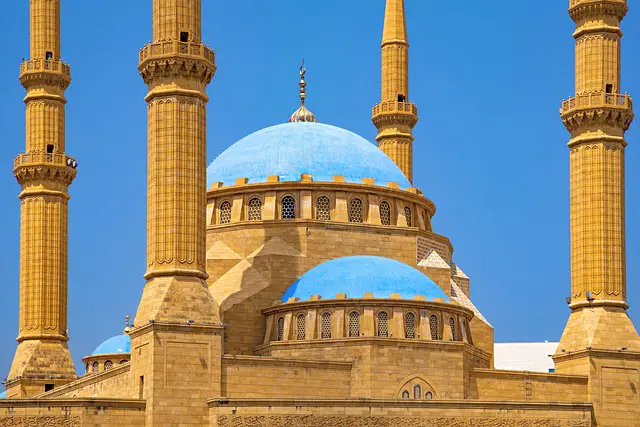
A grand mosque in downtown Beirut, Lebanon.
What to see or do: Visit the prayer hall with its impressive Ottoman-style arches and intricate patterns of mosaic tiles and stained glass windows. Ascend the 73-meter-high minaret for panoramic views of the city and the Mediterranean Sea.
Don’t miss: The tomb of former Prime Minister Rafik Hariri, who was assassinated in 2005, located beneath the mosque’s courtyard. The elegant black marble tomb is a tribute to his legacy as a national leader.
Insider travel tips: Dress modestly when visiting the mosque, and women should bring a scarf to cover their hair. Non-Muslim visitors are welcome to join a guided tour of the mosque to learn about the building’s architecture and history.
The best time to visit is during the day when the light streams through the colorful windows, creating a mesmerizing effect.
5. Pigeon Rocks – Beirut
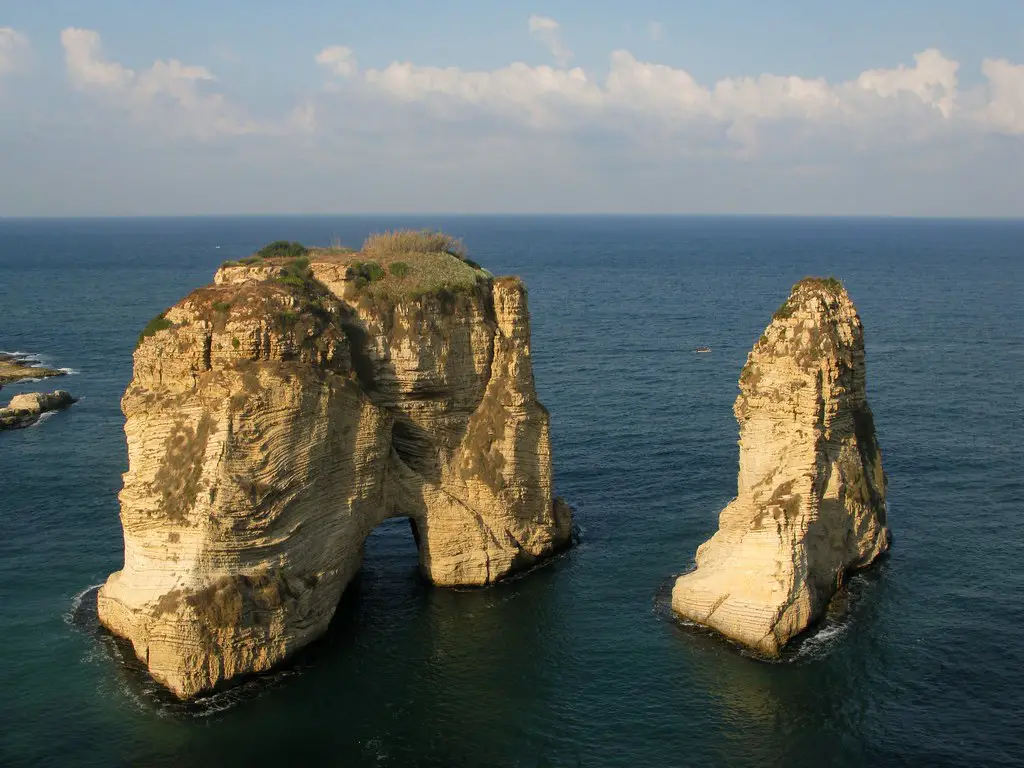
Pigeon Rocks are two natural sea rock formations located in Raouché, Beirut.
What to see or do: Marvel at the stunning views of the Mediterranean Sea as the waves crash against the rocks. Enjoy a stroll along the seaside promenade and watch the local fishermen casting their nets.
You can also take a boat ride to get a closer look at the rocks and enjoy the sea breeze.
Don’t miss: Make sure to visit Pigeon Rocks at sunset when the sky is painted with beautiful shades of pink and orange. You can also witness the breathtaking light show during the evening as the rocks are illuminated with colorful lights.
Insider travel tips: Head to one of the many seaside cafes and restaurants in the area to enjoy a meal or a cup of coffee while taking in the views.
6. Temple of Bacchus – Baalbek
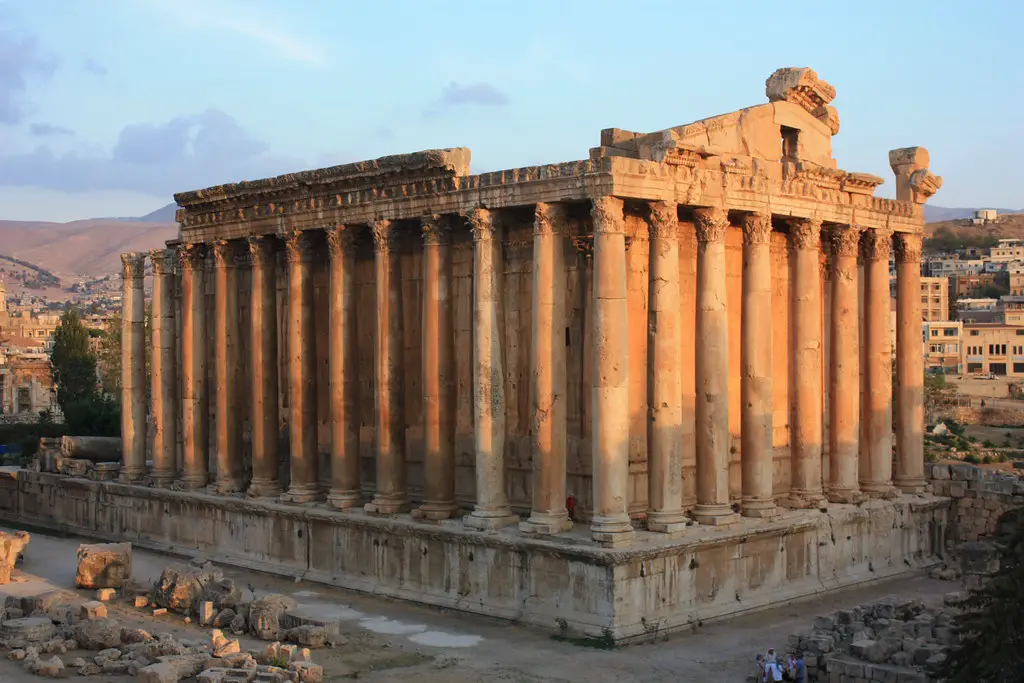
The Temple of Bacchus is a Roman temple located in the ancient city of Baalbek, Lebanon.
What to see or do: Marvel at the intricate carvings, columns, and impressive stonework of the temple. Learn about the history of the temple and the Roman Empire’s influence in the region.
Don’t miss: Don’t miss the courtyard, which is surrounded by 42 columns and offers a stunning view of the temple. Also, make sure to see the temple’s main entrance and the intricate details of the entrance arch.
Insider travel tips: To avoid crowds and the heat, visit the temple early in the morning or late in the afternoon. Wear comfortable shoes and bring plenty of water.
Make sure to also visit the nearby Temple of Jupiter and the rest of the ancient ruins in Baalbek for a complete historical experience.
7. Martyrs’ Square – Beirut
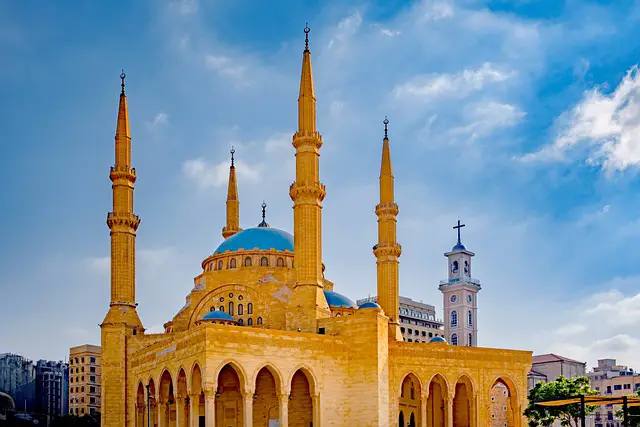
A public square located in the heart of Beirut, Lebanon.
What to see or do: The square is surrounded by historically significant buildings and landmarks, including the Mohammad Al-Amin Mosque, the Saint George Maronite Cathedral, and the historic Ottoman Clock Tower.
Visitors can also find several cafes and restaurants in the nearby area to enjoy a meal or a cup of coffee while taking in the sights and sounds of the bustling square.
Don’t miss: The moving Martyrs’ Monument, which sits at the center of the square and pays tribute to those who died during Lebanon’s conflicts.
Insider travel tips: Martyrs’ Square is a great location to enjoy live music performances, particularly during times of celebration and national holidays.
Visitors should also be aware of their surroundings and keep an eye out for any political demonstrations or rallies that may take place in the square.
8. Sursock Museum – Beirut
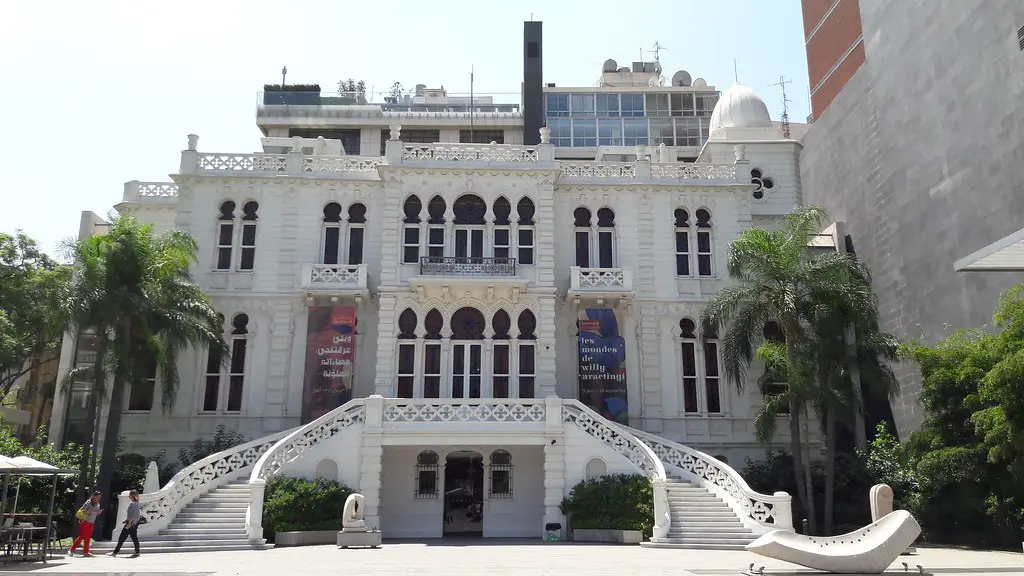
A modern and contemporary art museum located in a historic mansion in Beirut, Lebanon.
What to see or do: Visitors can admire over 800 works of art from Lebanese and international artists, including paintings, sculptures, and installations. The museum also hosts temporary exhibitions and cultural events throughout the year.
Don’t miss: The impressive collection of Orientalist art, featuring paintings and sketches by European artists inspired by the Middle East in the 19th century.
The museum’s gardens, with their beautiful fountains and intricate maze of hedges, are also a must-see.
Insider travel tips: Don’t forget to visit the museum shop, which offers a selection of unique souvenirs, including art books, handmade crafts, and jewelry.
If you’re visiting during the summer, try to attend one of the museum’s outdoor concerts or movie screenings. And if you’re a student or under 25 years old, be sure to bring your ID for discounted admission.
9. Robert Mouawad Private Museum – Beirut
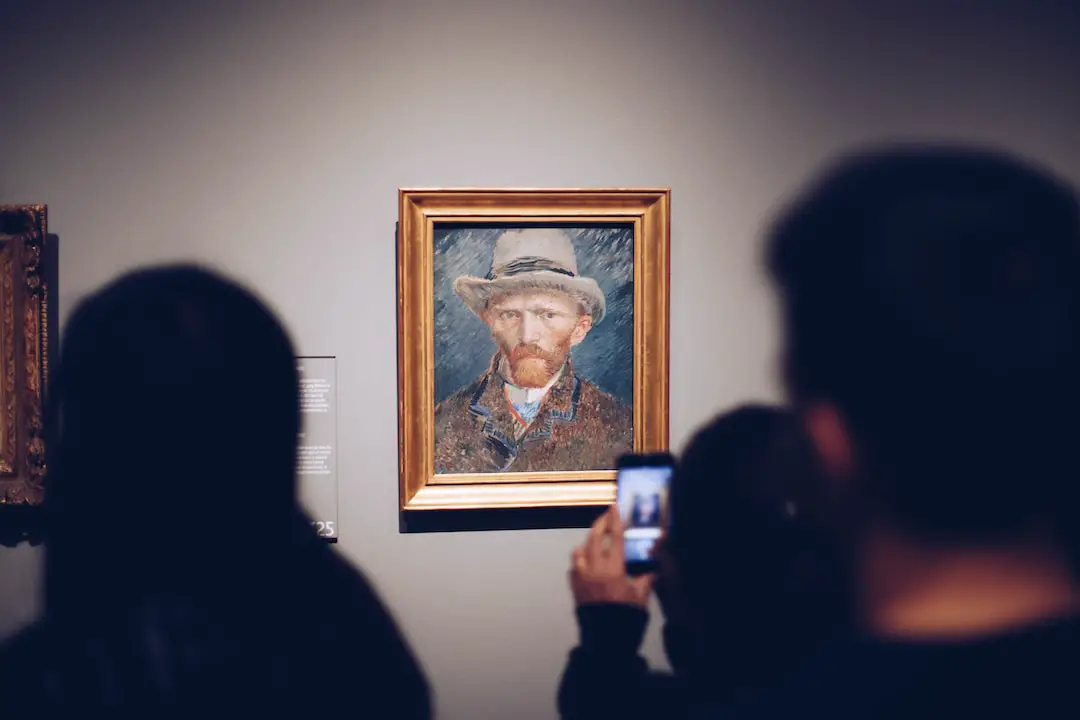
The Robert Mouawad Private Museum is a must-visit museum in Beirut, featuring a vast collection of historical artifacts, precious stones, jewelry, and timepieces.
What to see or do: Visitors can explore the museum’s six floors and marvel at the impressive collection which includes rare ancient pieces dating back to the Phoenician, Roman, Byzantine, and Ottoman eras.
The museum also features unique jewelry pieces designed and crafted by the renowned Mouawad family, including the world’s most extensive privately-owned collection of diamonds.
Don’t miss: Don’t miss the iconic Mouawad Flower, a $20 million brooch made entirely of diamonds, which was recognized as the most expensive piece of jewelry in the world by the Guinness World Records.
Insider travel tips: – The museum is accessible by taxi or car, and there is limited parking available nearby.
10. The Corniche – Beirut
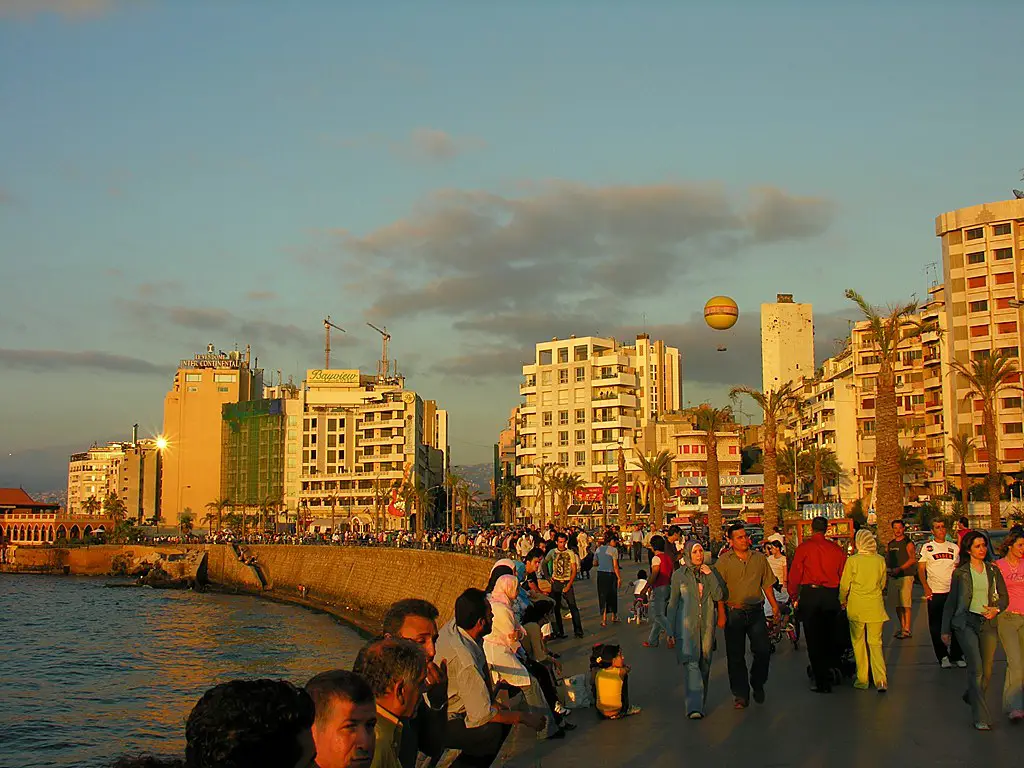
A scenic coastal promenade in Beirut, Lebanon.
What to see or do: Take a leisurely stroll along the Corniche and enjoy the beautiful views of the Mediterranean Sea. Admire the impressive architecture and historical landmarks, such as the iconic Pigeon Rocks.
There are also several cafes and restaurants along the way where you can relax and enjoy a meal or drink.
Don’t miss: The sunset views from the Corniche are simply spectacular. Be sure to bring your camera and capture the moment.
Insider travel tips: The Corniche can get quite busy, especially during weekends and holidays. Try to visit on a weekday and avoid peak hours to enjoy a more peaceful experience.
Also, be aware of your surroundings and keep your belongings close to you, as pickpocketing can be common in crowded areas.
11. Saint George Maronite Cathedral – Beirut
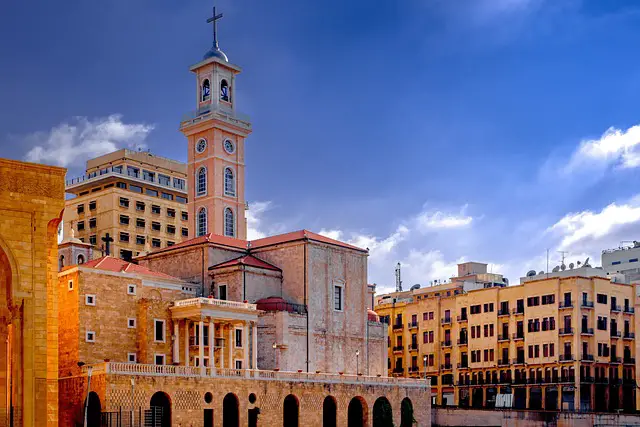
The Saint George Maronite Cathedral is a historic church located in the heart of Beirut, Lebanon.
What to see or do: Visitors can admire the beautiful architecture of the cathedral, which dates back to the 19th century. The intricate stone carvings and stained-glass windows are particularly impressive.
The interior of the cathedral is also worth exploring, with its ornate altar and religious iconography.
Don’t miss: Make sure to take a stroll around the outside of the cathedral to appreciate its grandeur from all angles. The surrounding gardens are also worth a visit, with peaceful seating areas and manicured greenery.
Insider travel tips: – Dress modestly when visiting the cathedral.
12. Our Lady of Lebanon – Harissa
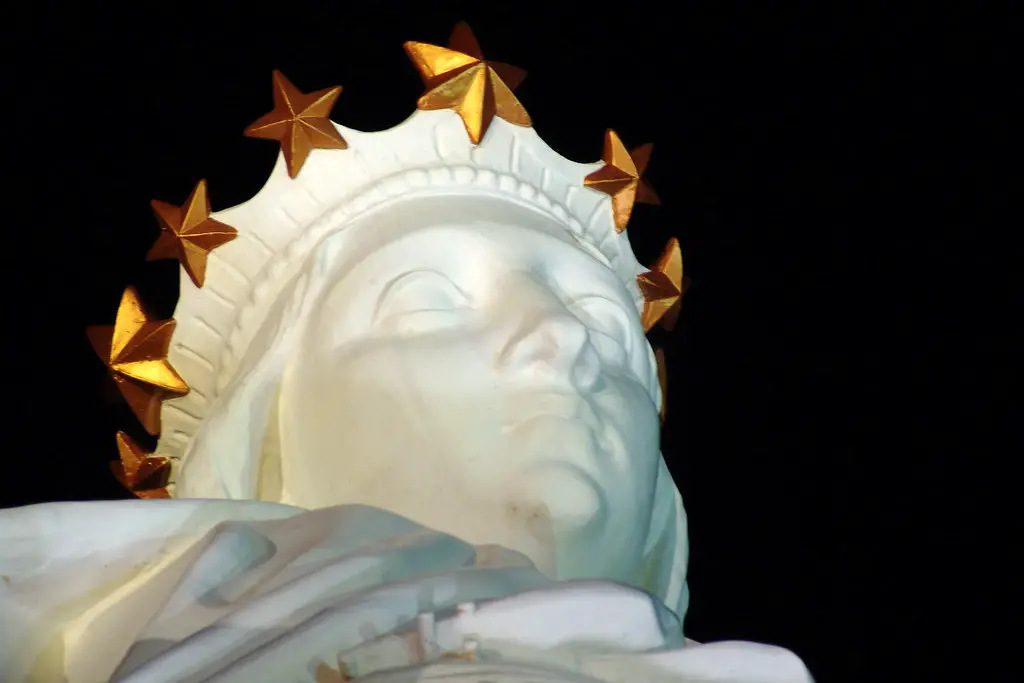
Our Lady of Lebanon is a famous Maronite Catholic pilgrimage site located in Harissa, overlooking the Mediterranean Sea.
What to see or do: Marvel at the stunning gilded bronze statue of the Virgin Mary, which stands at 15 meters and is visible from miles away.
Admire the beautiful architecture of the basilica, which is made of striking white limestone. Take in the panoramic views of the coastline and surrounding mountains from the terrace.
Don’t miss: Be sure to visit the lower level of the basilica, which features a museum showcasing artifacts and works of art, including paintings, sculptures, and historic photos.
Insider travel tips: To beat the crowds, it’s best to visit early in the morning when the site opens. Wear comfortable shoes, as there are several stairs to climb to reach the top.
If you’re feeling adventurous, take the cable car ride up the mountain for an even more breathtaking view.
13. The Cedars of God – Bsharri

A forest of ancient cedar trees located in the Bsharri district of Lebanon, dating back over 2,000 years.
What to see or do: Take a leisurely stroll through the forest, marveling at the towering cedars, some of which are over 100 feet tall. Enjoy a picnic among the peaceful, serene surroundings, or snap some photos of the stunning natural beauty.
Don’t miss: Check out the oldest and most famous cedar, named the “Cedar of God,” which is said to be over 3,000 years old.
Be sure to also visit the Cedars of God Museum nearby to learn more about the history and significance of this ancient forest.
Insider travel tips: Come early in the day to avoid crowds, and wear comfortable shoes for walking on uneven terrain. Plan to stay in the nearby town of Bsharri to fully immerse yourself in the local culture and cuisine.
14. Beiteddine Palace – Beiteddine
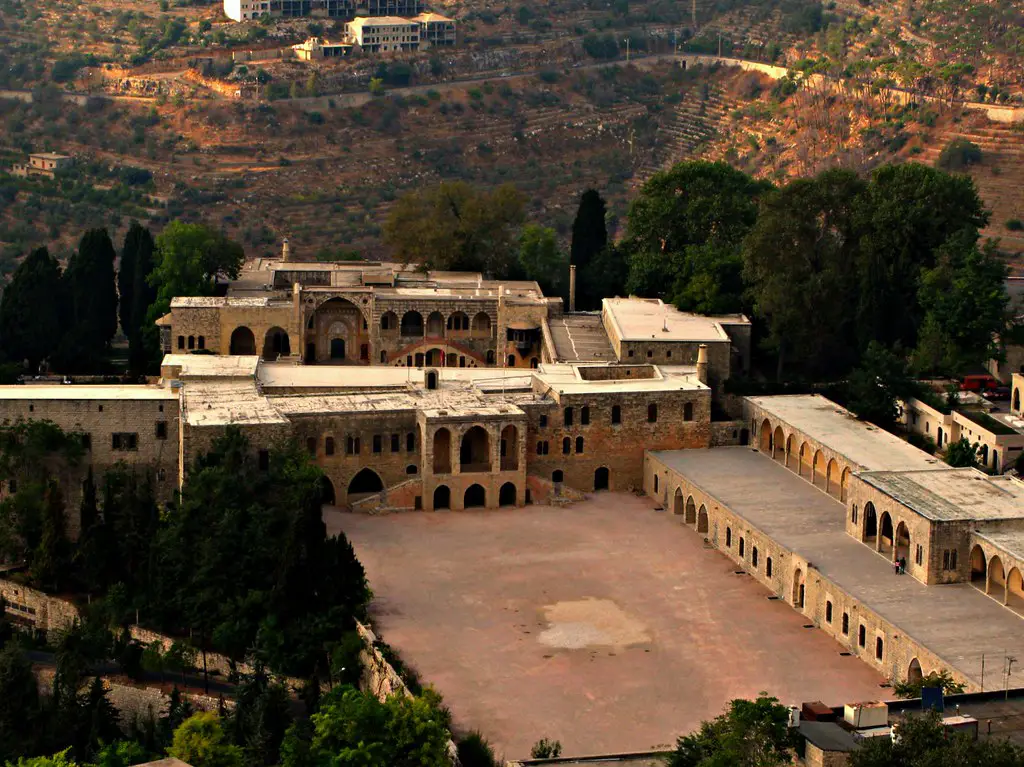
The Beiteddine Palace is a magnificent palace complex located in the town of Beiteddine, Lebanon.
What to see or do: Visitors can explore the palace’s impressive architecture, including its mosaic floors, painted ceilings, and intricate woodwork. The palace also boasts stunning gardens complete with fountains, pergolas, and orange groves.
Don’t miss: Be sure to check out the palace’s many exhibits, which showcase the history and culture of the region. These exhibits include displays of traditional costumes, weapons, musical instruments, and more.
Insider travel tips: – Plan to spend several hours at the palace in order to fully explore its many attractions.
15. Tyre Hippodrome – Tyre
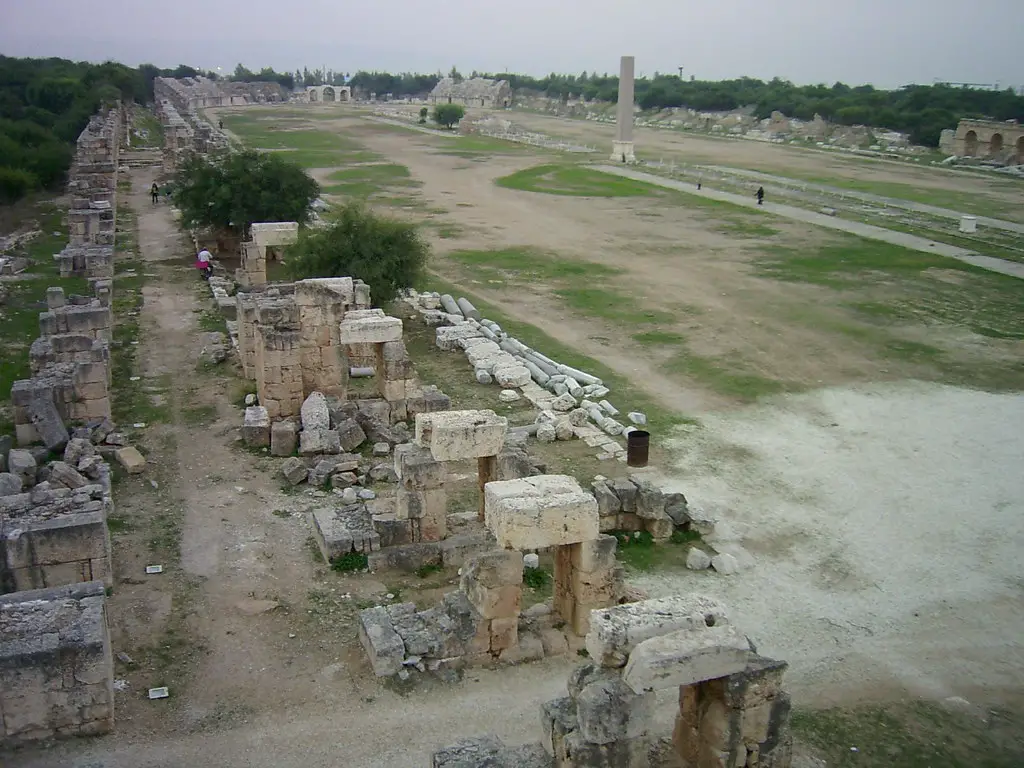
An ancient hippodrome located in the city of Tyre, Lebanon.
What to see or do: The largely ruined hippodrome offers visitors an opportunity to view the partially excavated site, which features the remains of a Roman-era track, seating area and rooms for charioteers and horses.
Don’t miss: The surrounding area is also home to a number of important archaeological sites, including the ancient Phoenician city of Tyre, which is now a UNESCO World Heritage site.
Insider travel tips: Be sure to wear comfortable shoes as the site is rocky and uneven. It is also recommended to visit in the early morning or late afternoon to avoid the mid-day heat.
If you have time, explore the nearby archaeological sites to gain a deeper understanding of the ancient history of the region.
16. Roman Baths – Beirut
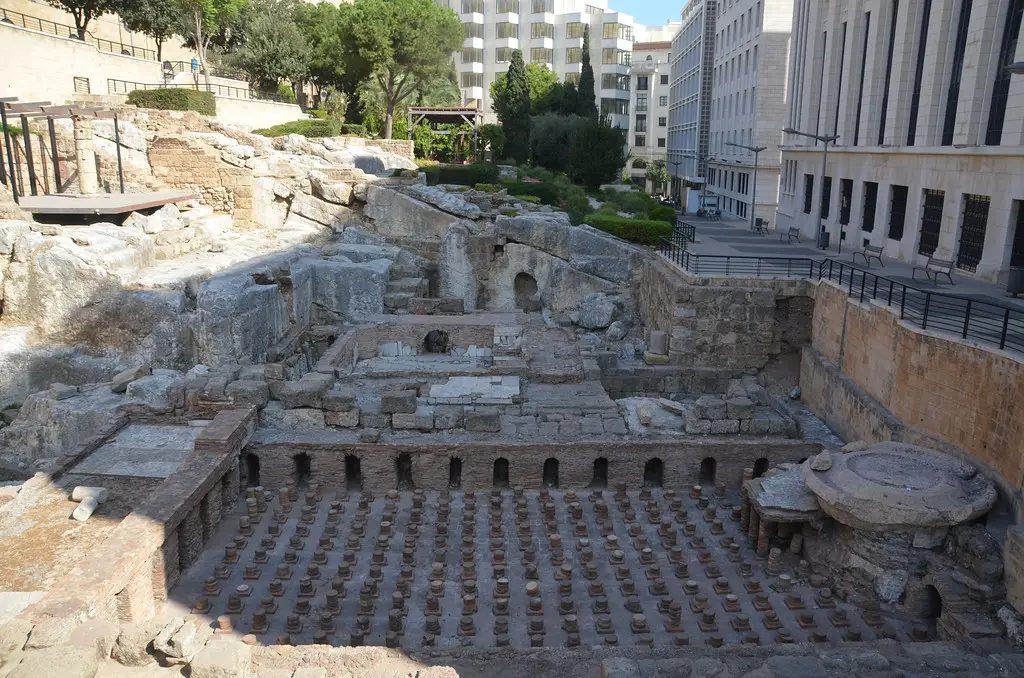
The Roman Baths in Beirut are ancient ruins of public baths that date back to the Roman period, around the 3rd century AD.
What to see or do: Visitors can explore the ruins of the baths, which are surprisingly well-preserved and showcase intricate mosaics and detailed carvings. There is also a small museum on site that displays artifacts found at the site, including statues, coins, and jewelry.
Don’t miss: Be sure to check out the impressive mosaic floor depicting the sea god Neptune, as well as the intricate carvings on the walls of the frigidarium (cold room).
Insider travel tips: – The Roman Baths are located in the heart of Beirut, so be sure to stop by if you are in the area.
17. Baatara Gorge Waterfall – Tannourine
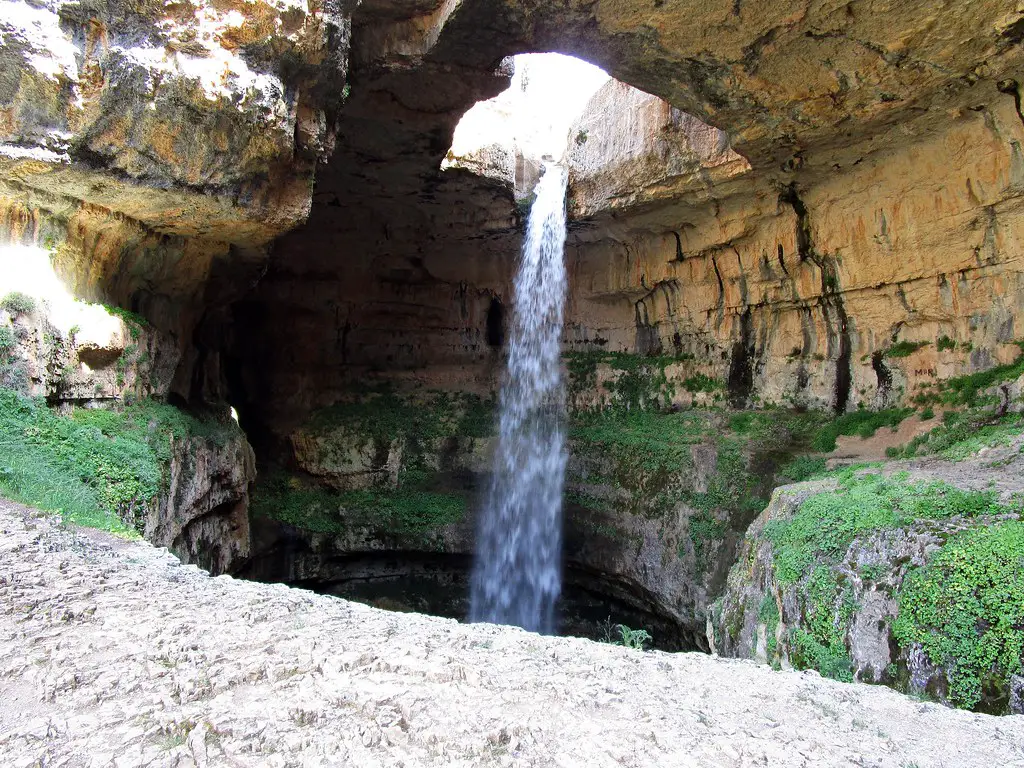
Baatara Gorge Waterfall, also known as the “Cave of the Three Bridges,” is a natural wonder located in Tannourine, Lebanon. It is a 255-meter waterfall that cascades into a cave, and is surrounded by stunning rock formations.
What to see or do: Visitors can hike down to the waterfall and explore the cave and surrounding area. The hiking trail is a bit challenging, but the incredible views and natural beauty make it worth the effort.
Don’t miss: One of the main highlights of Baatara Gorge Waterfall is the three natural bridges that span across the gorge, which were formed over millions of years.
Make sure to take a closer look at each of them and appreciate their unique beauty.
Insider travel tips: – The best time to visit Baatara Gorge Waterfall is in the spring when the snow begins to melt, and the waterfall is at its fullest.
18. Tripoli Castle – Tripoli
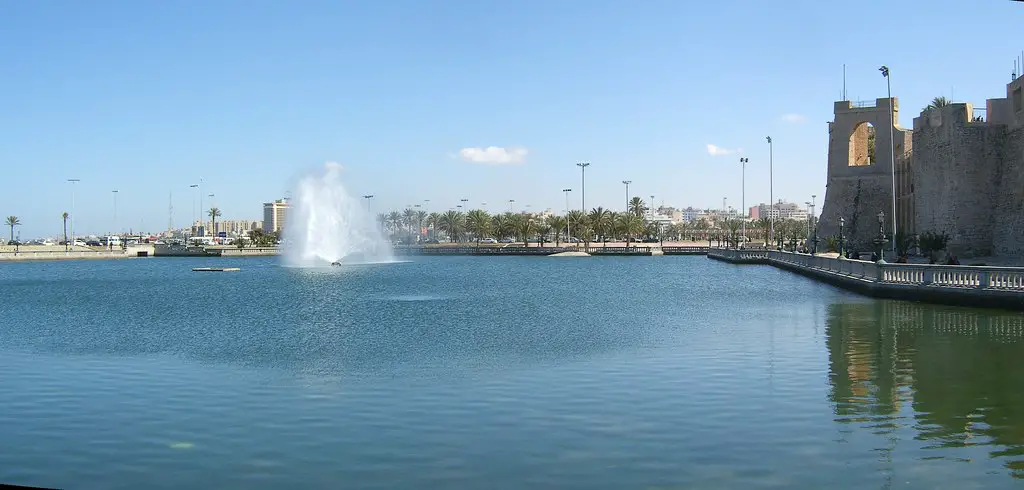
Tripoli Castle, also known as the Castle of Raymond de Saint-Gilles, is a medieval fortress located in the city of Tripoli, Lebanon.
What to see or do: The castle offers stunning views of the Mediterranean Sea and the city of Tripoli. Visitors can explore the castle’s ramparts, towers, and dungeons, and learn about its history through informative displays.
Don’t miss: The castle’s most notable feature is its massive donjon, a square tower that rises more than 30 meters above the surrounding landscape.
Visitors can climb to the top of the tower for panoramic views of the surroundings.
Insider travel tips: – Wear comfortable and sturdy shoes, as the castle’s floors and stairs can be uneven and slippery.
19. The Moussa Castle – Deir el Qamar
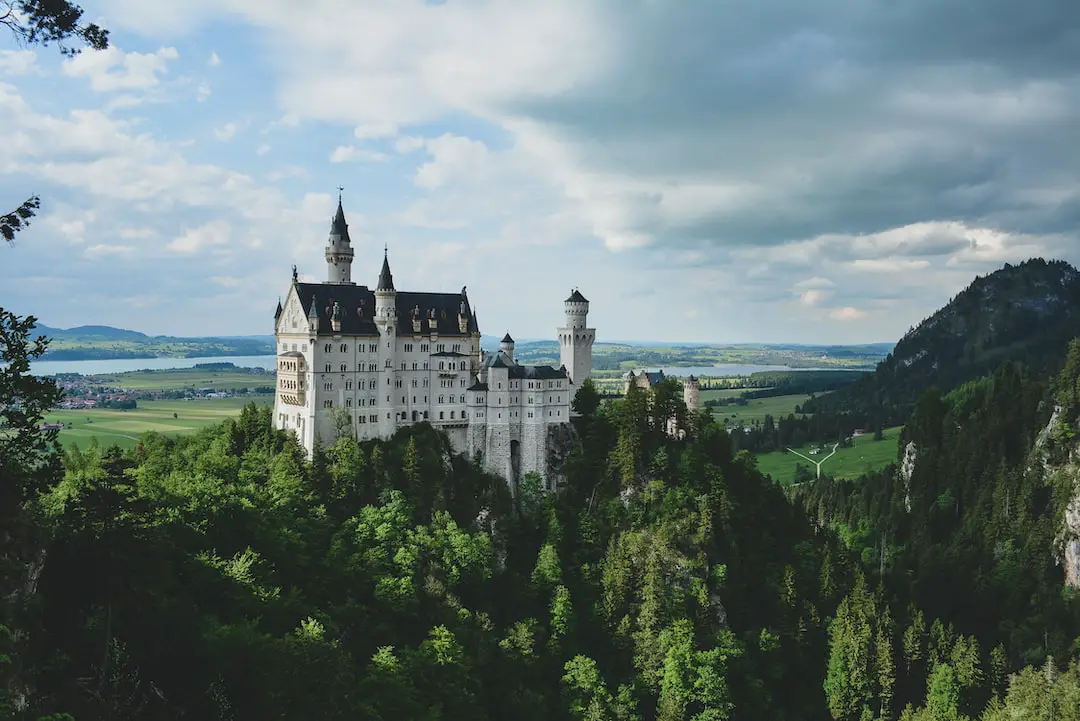
The Moussa Castle is a unique museum located in Deir el Qamar, Lebanon. It is a castle built entirely by one man, Moussa Abdel Karim Al Maamari, over the course of 60 years.
What to see or do: Visitors can explore the castle’s many rooms and exhibits, which showcase historical and cultural artifacts, antique weapons, and traditional Lebanese crafts.
The castle’s architecture is also breathtaking, featuring intricate stonework, beautiful gardens, and a stunning view of the surrounding mountains.
Don’t miss: Be sure to check out the castle’s impressive collection of antique cars, which includes rare and vintage models from around the world.
You can also see Moussa’s workshop, where he spent countless hours building the castle by hand.
Insider travel tips: – The Moussa Castle is located in the town of Deir el Qamar, which is known for its charming, traditional architecture and laid-back atmosphere.
Consider staying overnight in one of the town’s many guesthouses to fully experience the local culture.
20. Al-Omari Mosque – Sidon
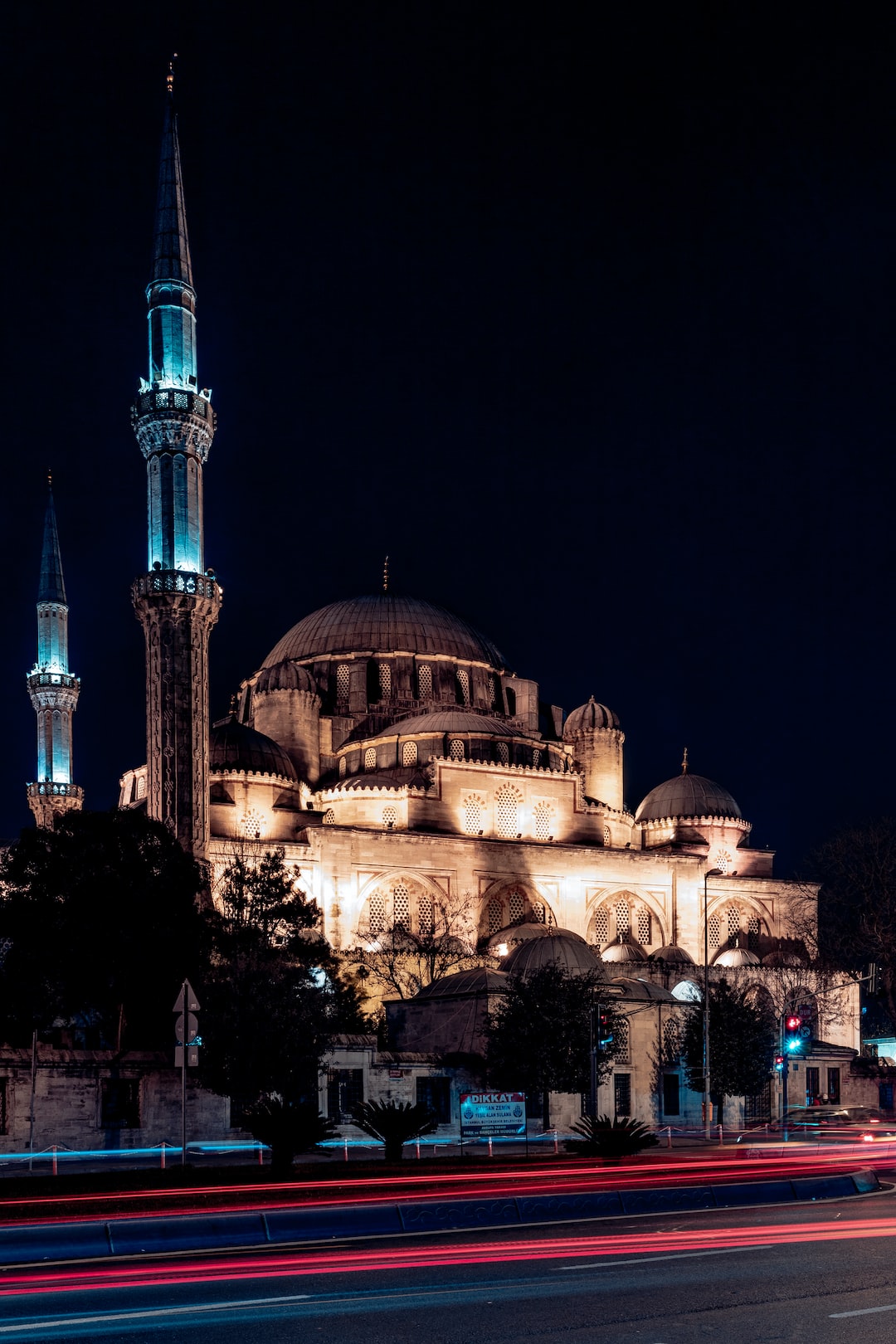
Al-Omari Mosque is a historic mosque located in the city of Sidon, Lebanon. It dates back to the 13th century and is one of the largest and oldest mosques in the country.
What to see or do: Visitors can admire the stunning architectural features of the mosque, including intricate stonework, beautiful tilework, and impressive arches. Inside, the mosque boasts a spacious prayer hall and a peaceful courtyard.
Don’t miss: Make sure to check out the mosque’s iconic minaret, which is one of the most recognizable landmarks in Sidon. Visitors can climb to the top of the minaret for panoramic views of the city and the Mediterranean Sea.
Insider travel tips: – Dress modestly when visiting the mosque, covering your head and arms.
21. Sidon Sea Castle – Sidon
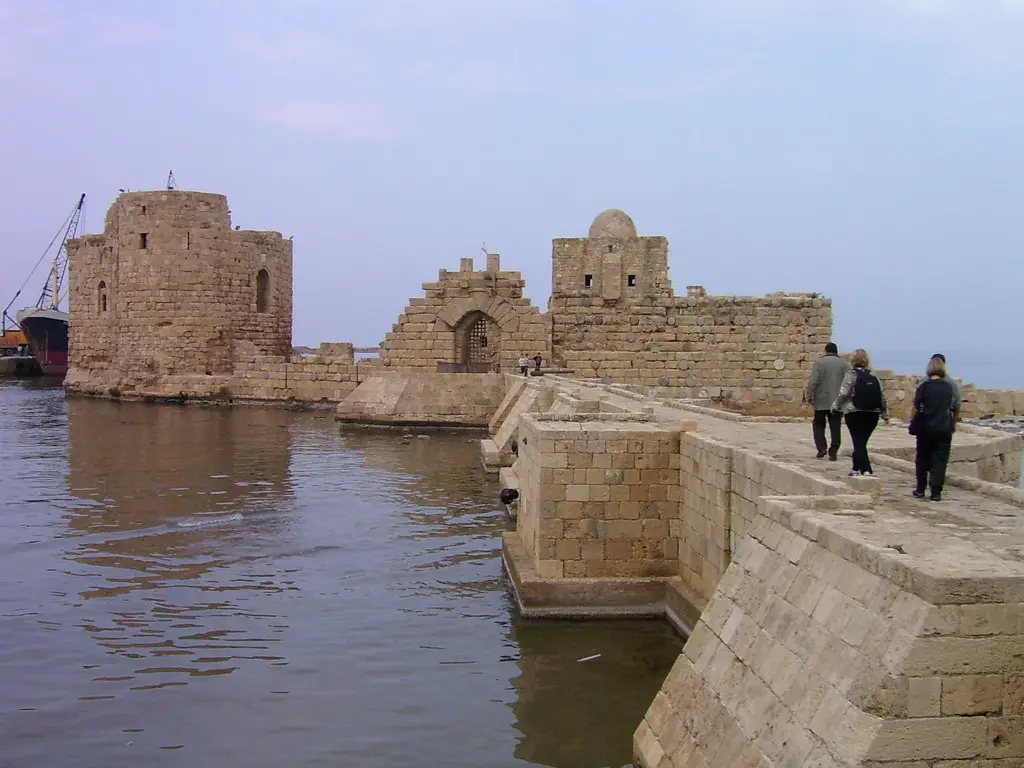
Sidon Sea Castle is a centuries-old fortress located on the Mediterranean coast in the southern city of Sidon, Lebanon.
What to see or do: Visitors can explore the castle’s impressive stone walls, towers, and archways, which offer breathtaking sea views. The castle also houses a small museum showcasing artifacts from Sidon’s rich history, including ancient pottery and coins.
Don’t miss: Don’t miss the chance to climb the castle’s towers for panoramic views of the Mediterranean and the city of Sidon. See if you can spot the nearby marina or catch a glimpse of locals fishing from the shore.
Insider travel tips: – If you’re interested in the castle’s history, consider hiring a local guide to provide insights and historical context.
22. Nijmeh Square – Beirut
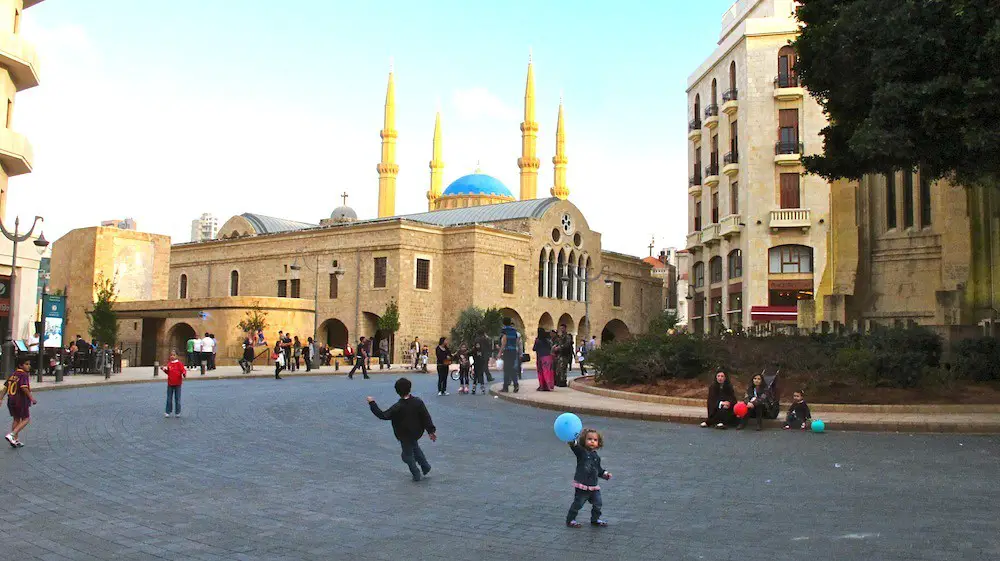
Nijmeh Square, also known as Place de l’Etoile, is a historical square located in the heart of Beirut, Lebanon.
What to see or do: Stroll around the square and admire the beautiful Ottoman-style buildings that surround it. Take a picture with the famous Nejmeh clock tower, an iconic landmark in the city.
Visit the nearby St. George Maronite Cathedral, where the Lebanese presidents are inaugurated.
Don’t miss: The opportunity to witness the changing of the guard ceremony, which takes place every Sunday at noon in front of the Martyrs’ Statue.
Insider travel tips: Stop by one of the many cafes in the area to enjoy a cup of traditional Lebanese coffee while people-watching. Visit the square at night to experience its vibrant atmosphere when it is lit up with colorful lights.
23. Raouche Clock Tower – Beirut
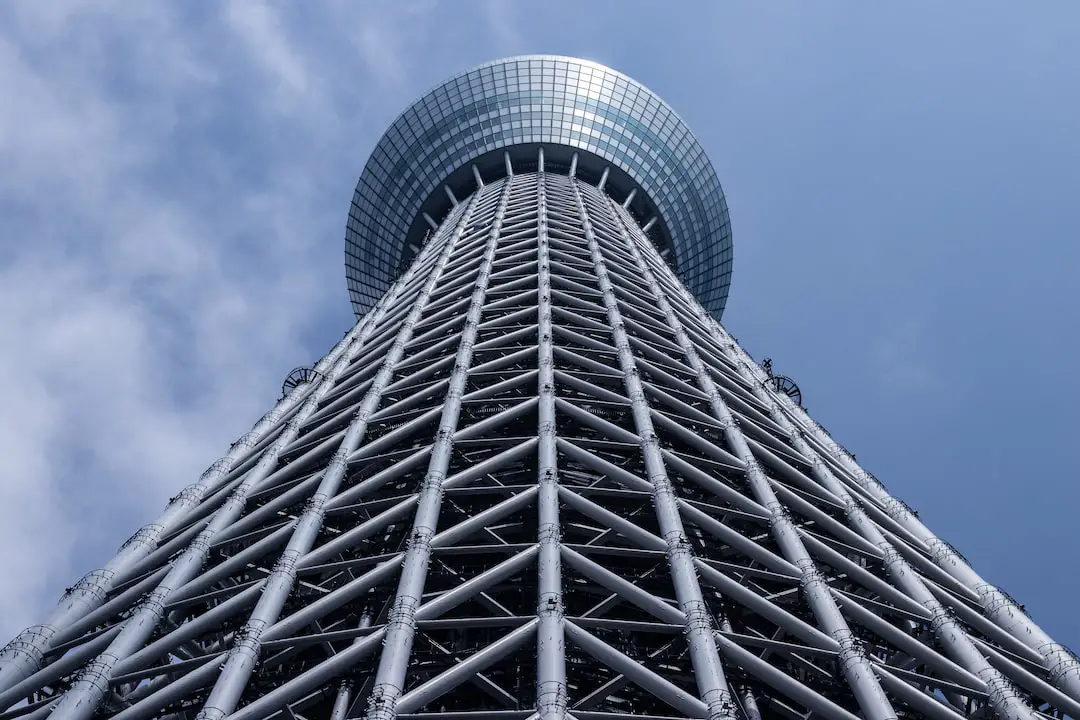
Raouche Clock Tower, a historic landmark in Beirut located in the Raouche District.
What to see or do: Admire the tower’s unique architecture and take in panoramic views of the Mediterranean Sea. Visitors can also explore the surrounding area and enjoy local cafes and shops.
Don’t miss: The clock tower is beautifully lit up at night, making for a stunning photo opportunity.
Insider travel tips: For the best views, visit the tower during sunset and stay for the evening light show. It’s also worth taking a stroll along the nearby Corniche for even more beautiful views of the sea.
24. Badr Hassoun Eco Village – Akkar

Badr Hassoun Eco Village is a sustainable tourism destination located in the picturesque Akkar region of Northern Lebanon.
What to see or do:
Don’t miss:
Insider travel tips:
25. Qadisha Valley – Bcharre
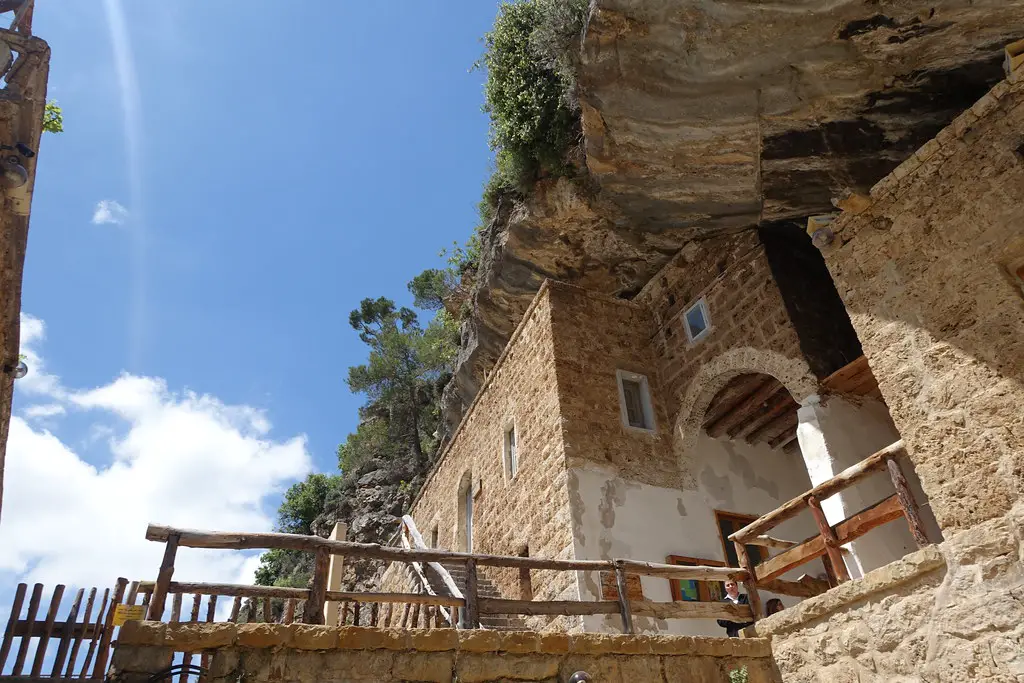
A stunning and historic valley located in the Bcharre region of Lebanon.
What to see or do: Take a scenic hike along the Qadisha River, visit the Mar Lishaa Monastery and the Monastery of St.
Anthony of Qozhaya, explore the ancient caves and hermitages built into the cliffs, and admire the breathtaking views of the valley.
Don’t miss: The Qadisha Grotto, a natural wonder of stalactites and stalagmites located deep within the valley.
Insider travel tips: Wear comfortable hiking shoes and bring plenty of water for your hike. Visit early in the morning or later in the evening to avoid crowds and enjoy the peaceful surroundings.
Be mindful of the cultural and religious significance of the monasteries and caves.
26. Al-Mina Archaeological Site – Tripoli

Al-Mina Archaeological site is a historic site in Tripoli, Lebanon, that dates back to the Phoenician civilization.
What to see or do: As you explore this ancient site, you will witness the remnants of the bustling port city that once stood here.
You’ll come across fascinating discoveries such as a Roman road, ancient walls, and architectural marvels such as the Temple of Melqard and the Rotunda of St.
George.
Don’t miss: Make sure to visit the Museum of Tripoli, which is located on the site and features a collection of rare Phoenician artifacts such as pottery, jewelry, and tools.
Insider travel tips: – Plan your visit early in the morning or later in the day to avoid the crowds.
27. Deir Qanoun En-Nahr – Annaya
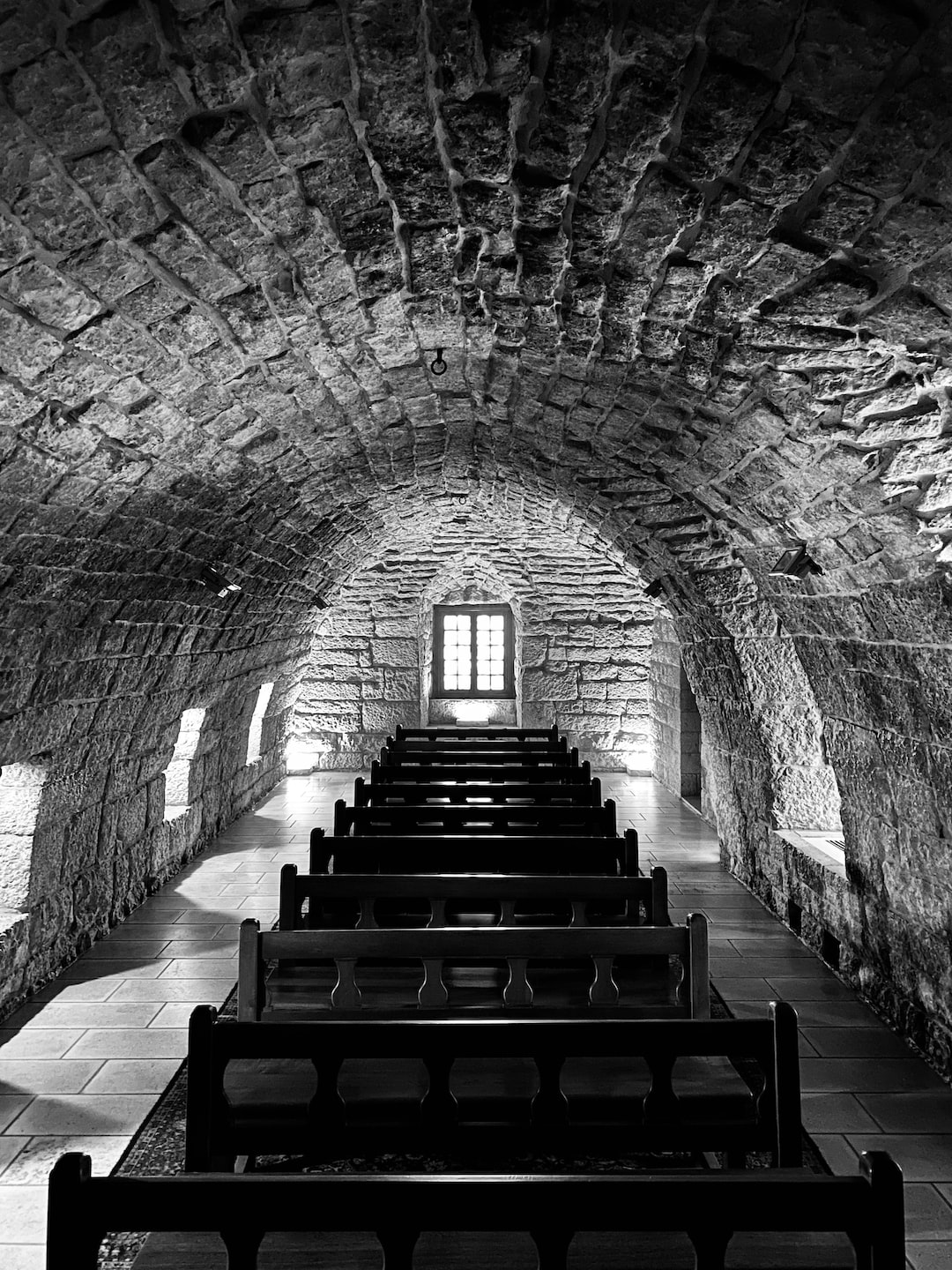
A historic Maronite monastery located in Annaya, Lebanon.
What to see or do: Visitors can explore the chapel, library, and various gardens on the monastery grounds. The monastery also has a museum that showcases the history and culture of the Maronite community.
Don’t miss: The shrine of St. Charbel, a beloved Maronite saint who is said to have miraculous healing powers.
Insider travel tips: It’s important to dress appropriately when visiting the monastery, as it is a religious site. Visitors should also be respectful of the monks and their way of life.
If possible, try to visit during the week to avoid crowds.
28. Harissa Teleferique – Jounieh
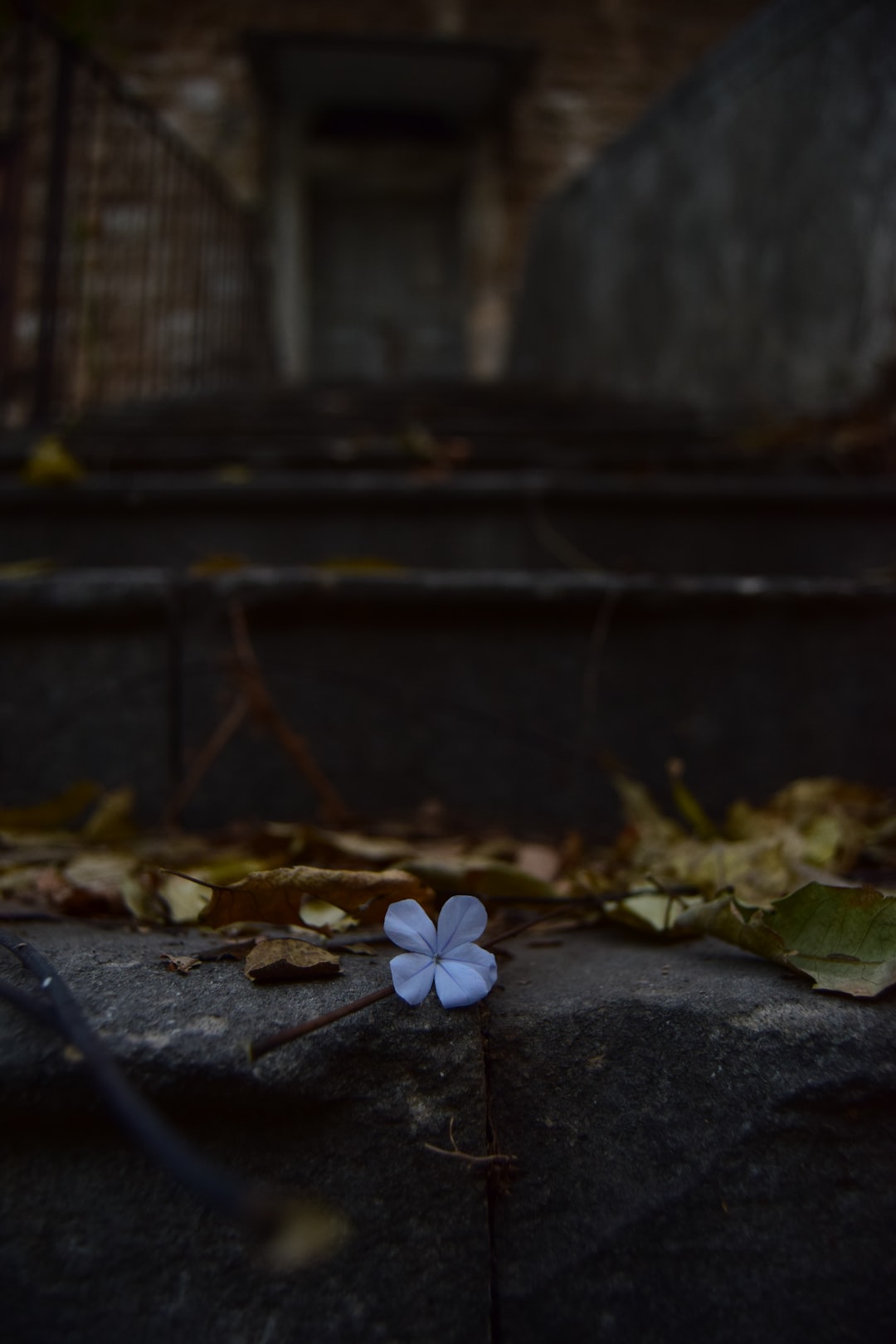
Harissa Teleferique is a cable car ride that takes visitors from the seaside town of Jounieh up to the top of Harissa mountain, where they can discover the iconic statue of Our Lady of Lebanon.
What to see or do: The cable car journey provides stunning views of the Mediterranean Sea and the surrounding mountains. Upon reaching the top, visitors can witness the beautiful white-marble statue of Our Lady of Lebanon, which stands at 8.
5 meters tall.
Don’t miss: Besides looking at the statue, visitors can explore the area and discover breathtaking panoramic views. A visit to the adjacent chapel and a stroll through the neighboring wooded paths are also highly recommended.
Insider travel tips: -It is best to visit the site early in the morning or late afternoon to avoid the crowds.
29. Zaitunay Bay – Beirut
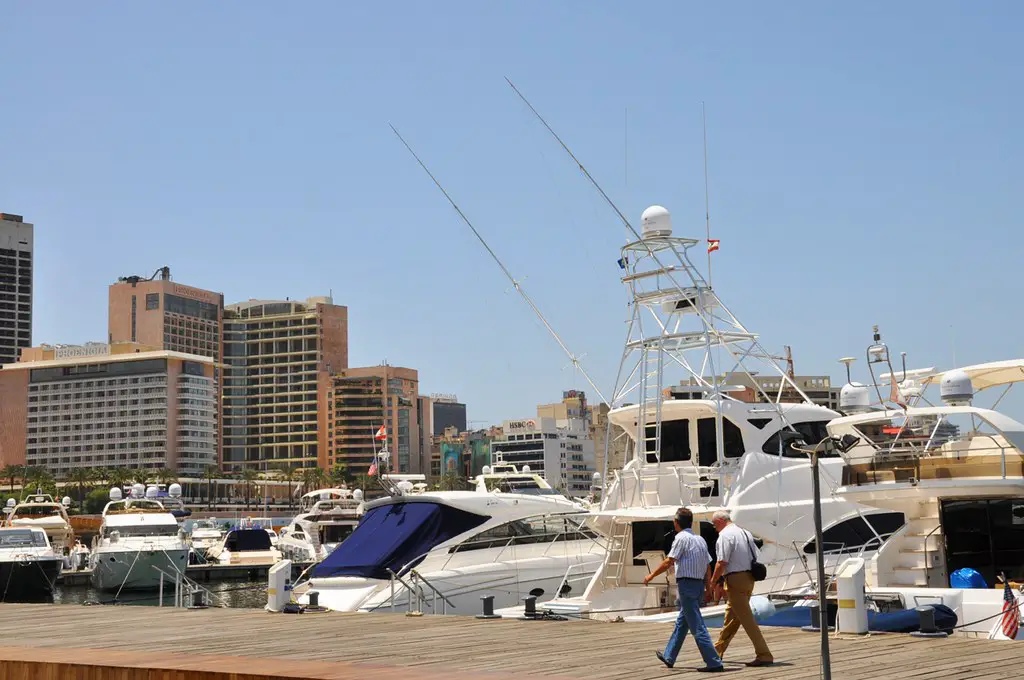
One of Beirut’s vibrant waterfront destinations, Zaitunay Bay is a luxurious marina filled with restaurants, cafes, and high-end boutiques.
What to see or do: Take a walk along the lively waterfront promenade and admire the docked yachts. Indulge in some retail therapy at the stylish designer shops that range from fashion to jewelry and home decor.
Savor a delightful meal at the variety of international restaurants that offer scenic views of the Mediterranean Sea.
Don’t miss: Catching the sunset while enjoying a refreshing drink at one of the trendy bars overlooking the bay.
Insider travel tips: Try to visit on weekdays to avoid large crowds. Make a reservation in advance if you plan to dine at a particular restaurant.
Take a stroll to the adjacent Beirut Souks for more shopping options.